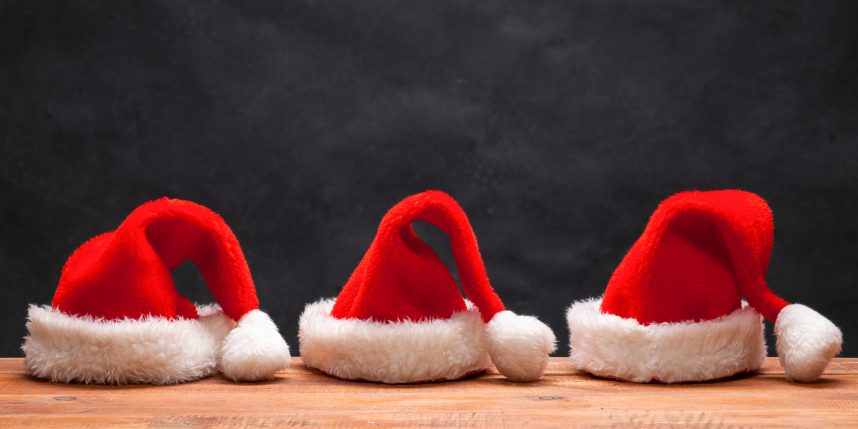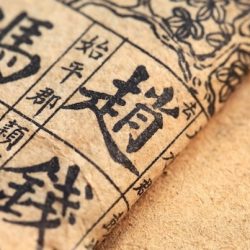SingaporeMotherhood | Family Fun
December 2015
Teach Maths and Science with Christmas-themed Activities? Ho! Ho! Ho! It’s Possible!

Did you know that Maths and Science are not just school subjects, but part of your child’s daily life? Because children often learn and retain concepts better through hands-on experiences rather than through books, we can make use of daily activities to introduce Maths and Science concepts to them even while they are having fun.
Since it’s the season, try these fun activities to teach your kids about maths and science — while decorating the home for Christmas!
[banner][/banner]
1. Pattern recognition and formation
What it is: Pattern recognition is a process skill which contributes towards the development of algebraic reasoning. In order to identify the pattern in a sequence of objects, your child must first identify the attributes used to arrange the objects in this sequence. For example, the objects may be arranged in a pattern of alternating colours. Once your child learns to identify patterns, he can create patterns of his own.
When your child will encounter it: Your child will be required to identify patterns in number sequences as well as geometric patterns in Primary Two Mathematics.
How to introduce this topic: Instead of hanging tinsel from your Christmas tree, why not use some homemade paper link chains? You can start a pattern of links in two or three alternating colours and get your child to continue the pattern. You can also try more complicated arrangements such as a repeated pattern of “a-b-b-c-c-c” or “a-b-c-b-a”.
Extended activity for an older child: Get your child to observe the colour changing lights on a Christmas tree. After a while, ask your child to tell you the sequence in which the colours change. Some fairy lights also follow a pattern of blinking such as blinking quickly, blinking slowly or dimmimg and brightening gradually. Ask your child to predict the way in which the light will blink next.
2. Composite shapes
What it is: A composite shape is one which is made up of two or more basic shapes.
Where your child will encounter it: Your child will be required to identify the components of a composite shape when studying Geometry in Primary Two Mathematics.
How to introduce this topic: When making Christmas cards, cut some basic shapes such as squares, circles, triangles and rectangles out of colored paper. Get your child to identify each shape and make a picture using the shapes provided. For example, you can make a Christmas tree by stacking three triangles on top of a rectangular tree trunk. Circles can be used to make the head and body of a snowman while rectangles form the hat and arms.
Extended activity for an older child: Print and make a set of tangrams and challenge your child to solve the puzzles found here.
3. Symmetry
What it is: A shape is symmetrical if one half of the shape mirrors the other half exactly. The line which divides a symmetrical shape in half is known as the “line of symmetry”. Examples of symmetrical and non-symmetrical shapes may be found here.
When your child will encounter it: Your child will be required to identify symmetrical shapes and lines of symmetry in Primary Four Mathematics. The ability to recognise and draw mirror images will also be come in handy when learning about Light, a topic in Lower Block Science.
How to introduce this topic: You can make a three dimensional paper Christmas tree or gingerbread man using the steps shown here. Explain that when a shape is cut from a piece of paper which has been folded in half, the resulting shape will be symmetrical when the paper is unfolded. The left side of the shape mirrors the right side exactly and the fold line is the line of symmetry.
Extended activity for an older child: While baking Christmas cookies, ask your child whether the shapes made by the cookie cutters are symmetrical or not. Star and heart shapes are usually symmetrical while candy cane and Christmas stockings are not. You can also cut some six- or eight-pointed paper snowflakes and ask your child to identify the lines of symmetry in each snowflake. A six-pointed snowflake has three lines of symmetry while an eight-pointed one has four.
4. Classification in maths and science
What it is: Classification is the grouping of objects according to the properties which they have in common.
When your child will encounter it: Classifying is a process skill which your child will learn when studying Science. Under the theme of “Diversity”, your child will learn how to classify living and non-living things as well as objects made from different materials.
How to introduce this topic: When decorating the Christmas tree, ask your child to sort out the decorations and explain why he grouped certain decorations together. Were they grouped according to colour, shape, size, lustre (shiny or matt) or material? After your child has sorted out the decorations, ask if he can re-classifying them using a different criteria.
Extended activity for an older child: Observe the various decorations on sale at a departmental store and ask your child to identify the materials that they are made from. For instance, baubles may be made from glass or plastic while ribbons and artificial poinsittas are made from cloth. Some ornaments may be made from wood, paper mache or metal.
Discuss the properties of each material and their advantages and disadvantages. For example, glass is brittle and fragile. While plastic is less brittle than glass, it is non-biodegradable. Ornaments made from wood or paper mache come from trees and are biodegradable. Once your child is familiar with these material properties, ask him to classify the decorations according to these properties.
Merry Christmas! (t’s just 11 days more!)
All content from this article, including images, cannot be reproduced without credits or written permission from SingaporeMotherhood.
Follow us on Facebook, Instagram, and Telegram for the latest article and promotion updates.








